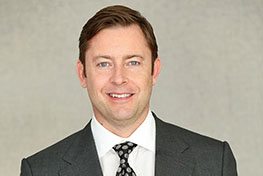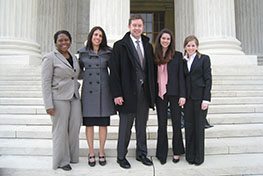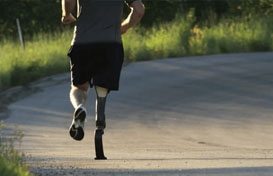Should private arbitration that definitively — and legally — settles a nursing home dispute between a resident and facility matter to you if, as an adult reader, you have no personal connection to any such care provider?
Put another way: Should you care a whit whether the outcome concerning an allegation of nursing home negligence or neglect is settled through arbitration forced upon a facility resident or, alternatively, proceeds pursuant to a process that works its way through court?
According to a media article that examines nursing home arbitration versus litigation, you should care. And quite a bit. Here’s why.
For starters, the statistical likelihood that you might someday become a nursing home resident is increasing. According to the article noted above, the number of Americans 65 and older who will be receiving care in nursing facilities in 2050 will be more than double the amount that was similarly situated in 2010.
And that increase is becoming progressively realized at a time when homes are proactively searching for ways to lessen their liability in instances of negligent care that harm patients.
One such way they seek to minimize their risk, notes the above article, is by requiring would-be residents to agree to arbitration for any future dispute prior to being admitted.
As opposed to a court proceeding, that arbitration is often private, even secretive, with its terms never disclosed to the public. As such, the public is not privy to important information concerning infirm care delivery that might otherwise receive wide media coverage following a court outcome.
As a result, there can be a dulled impetus for a home — and other similarly acting entities — to improve. The cited article notes that, as opposed to a court outcome, there will lack “a detailed public record that can inform industry practice and help develop case law.”
That is why you should care. For a number of notable reasons, arbitration in the nursing home context favors care facilities. Conversely, court outcomes promote transparency and accountability that can help promote safety improvements in the nursing home industry.











